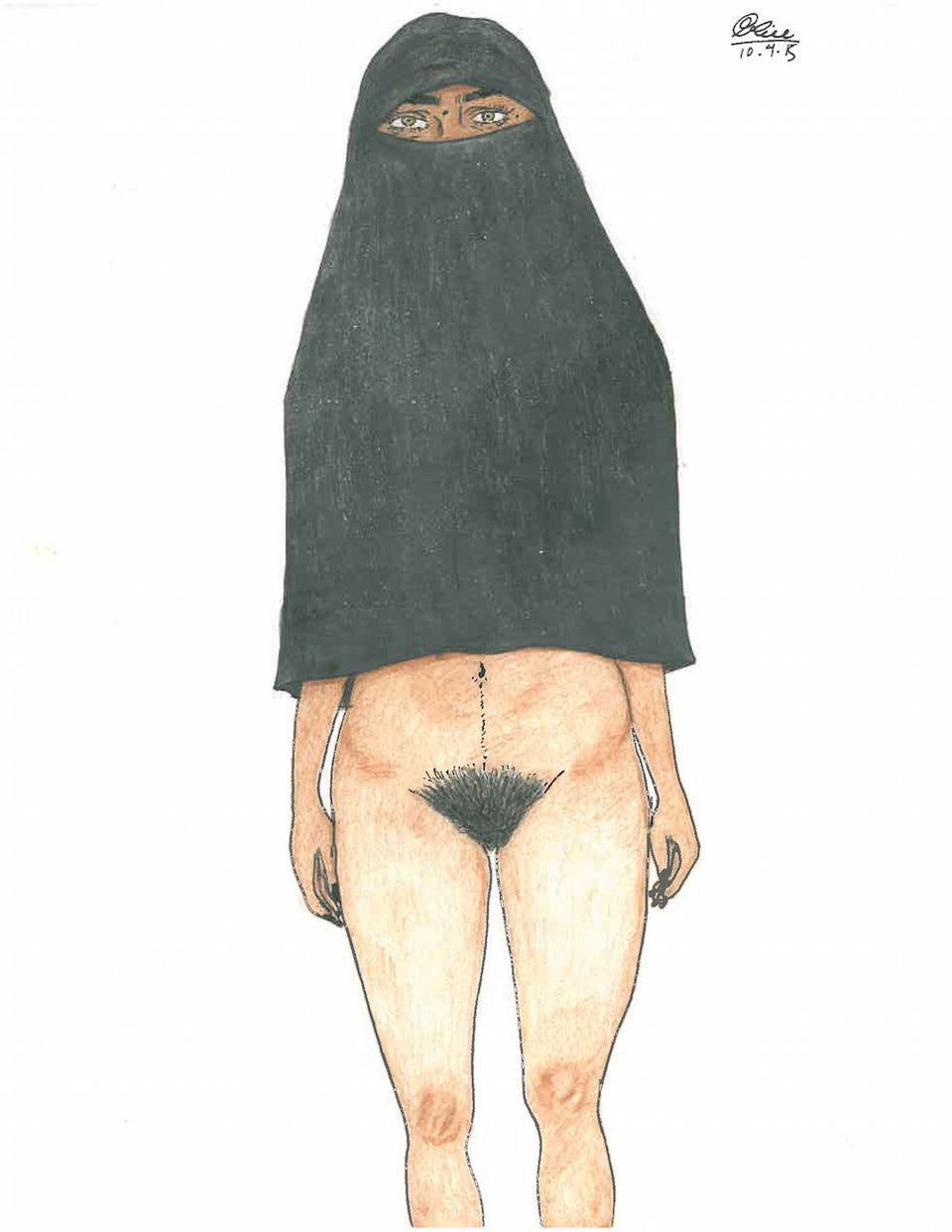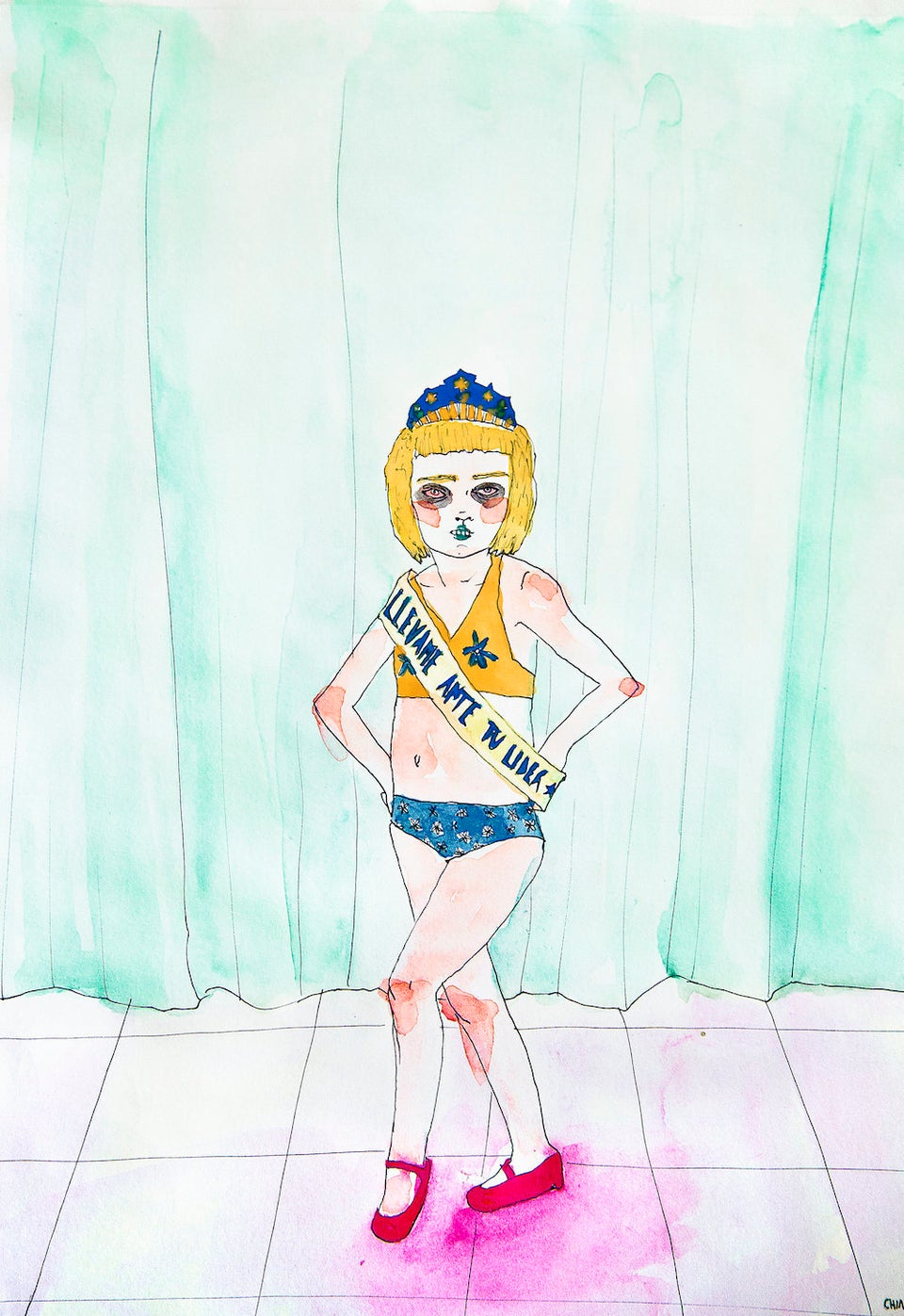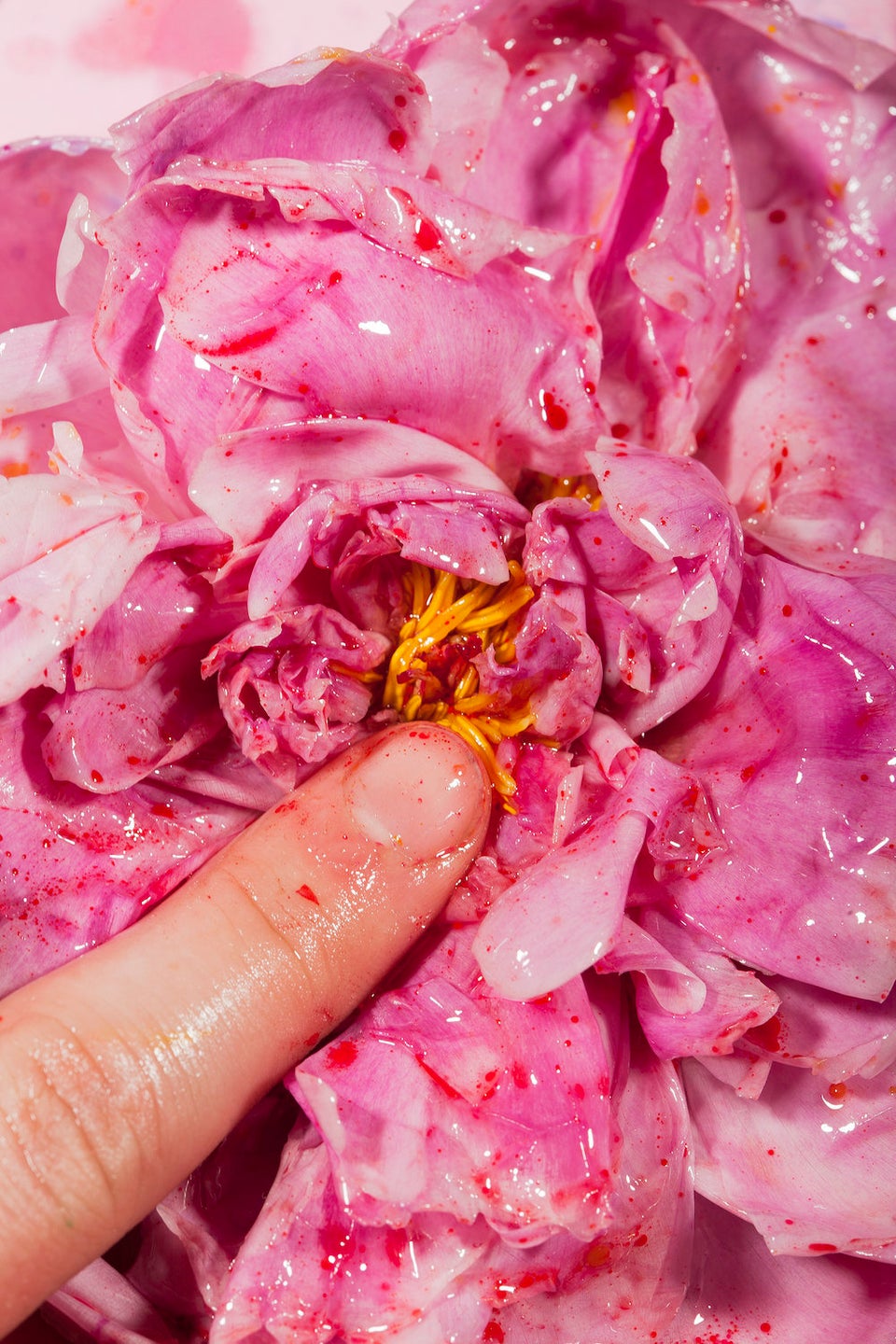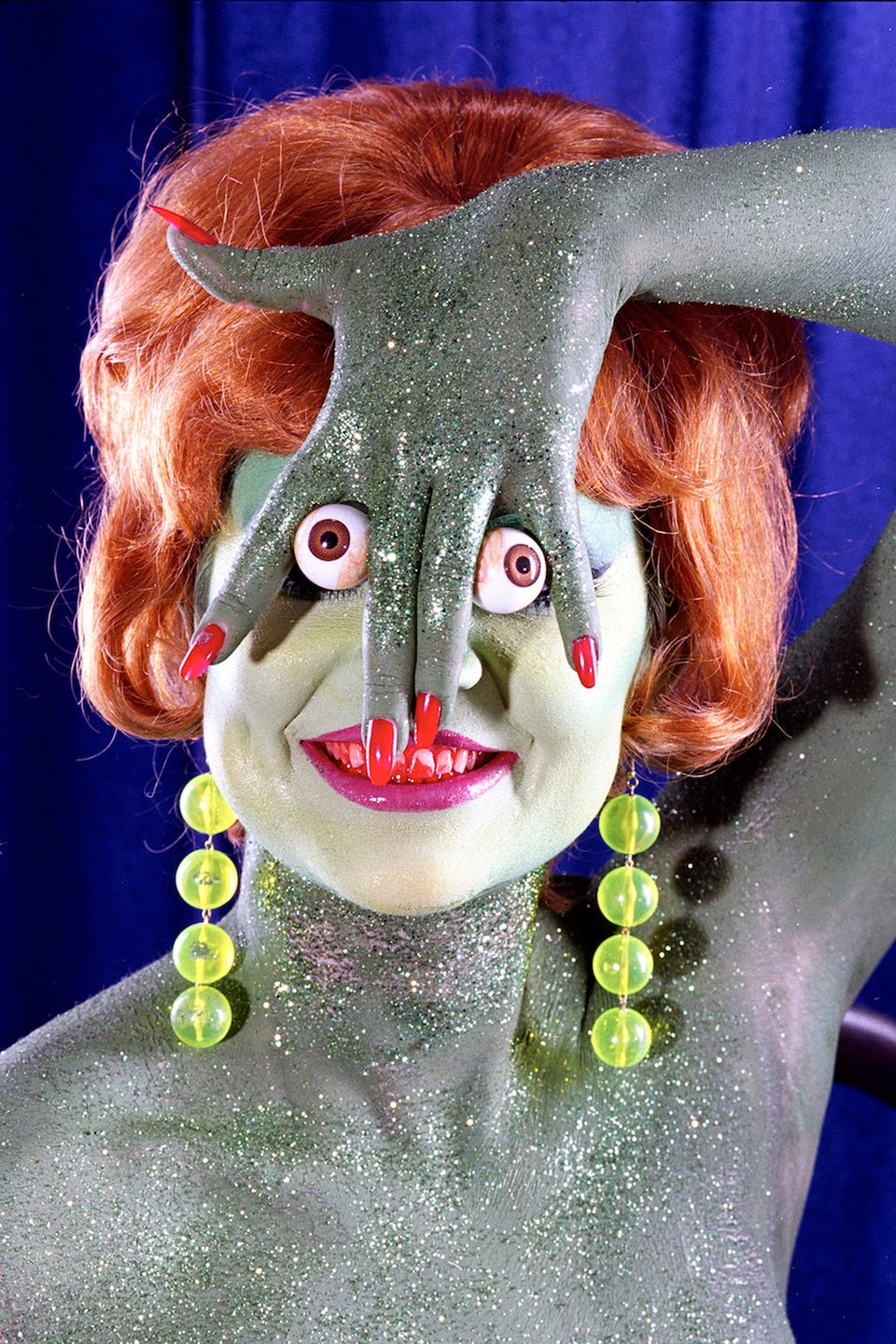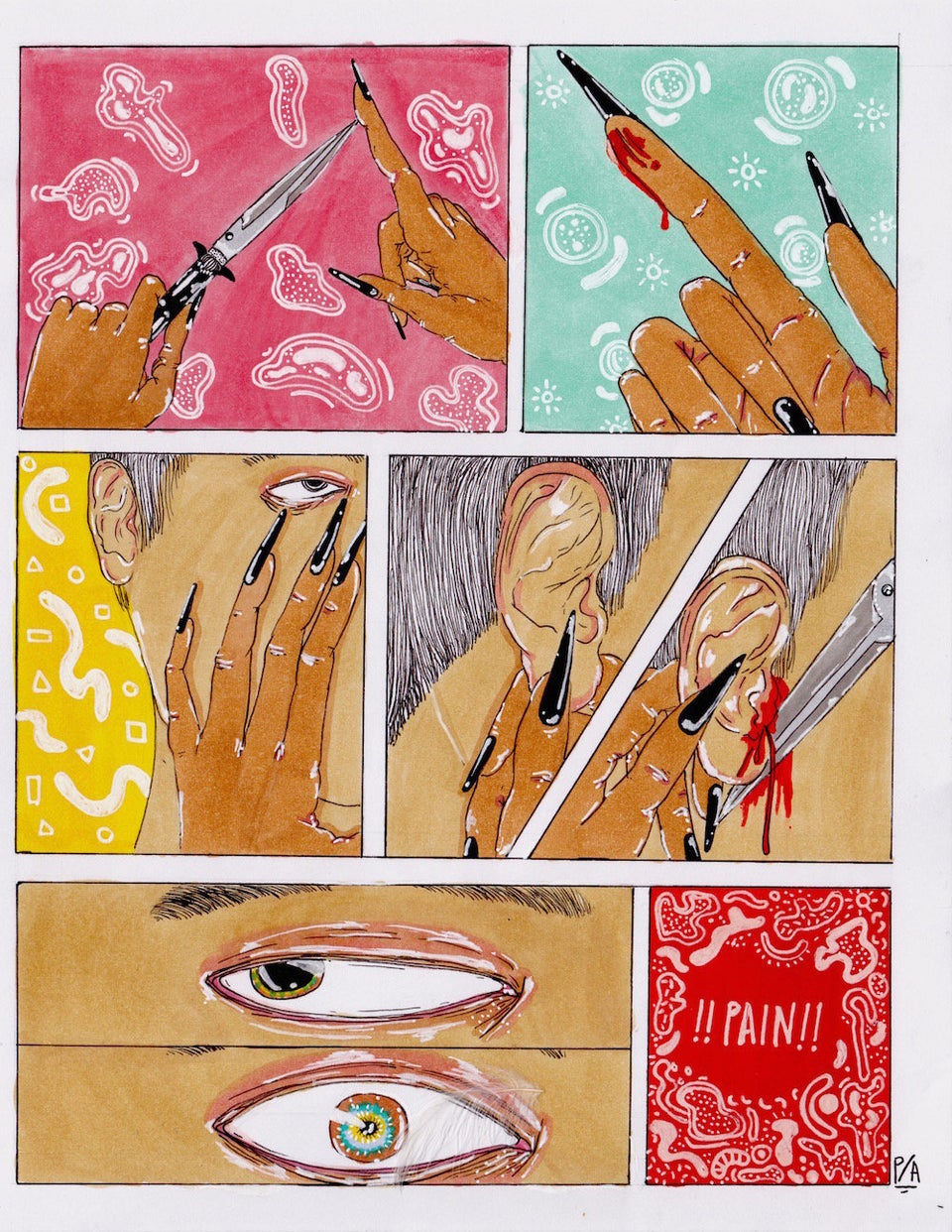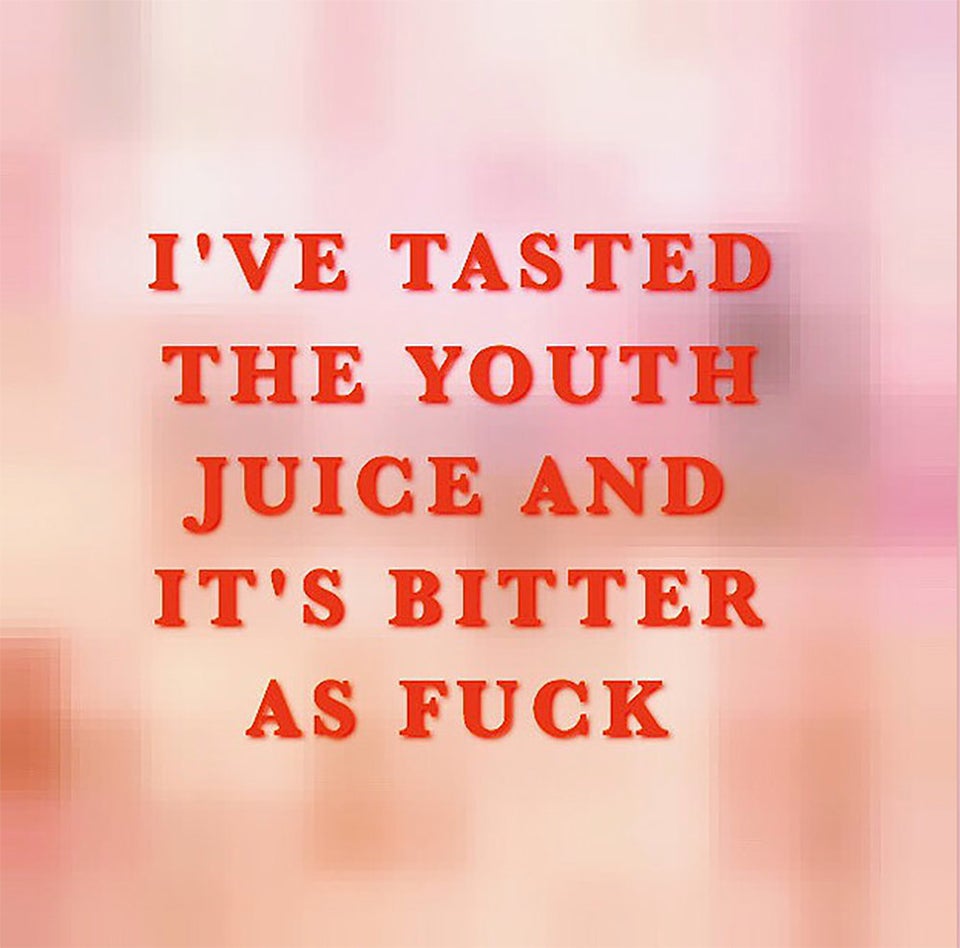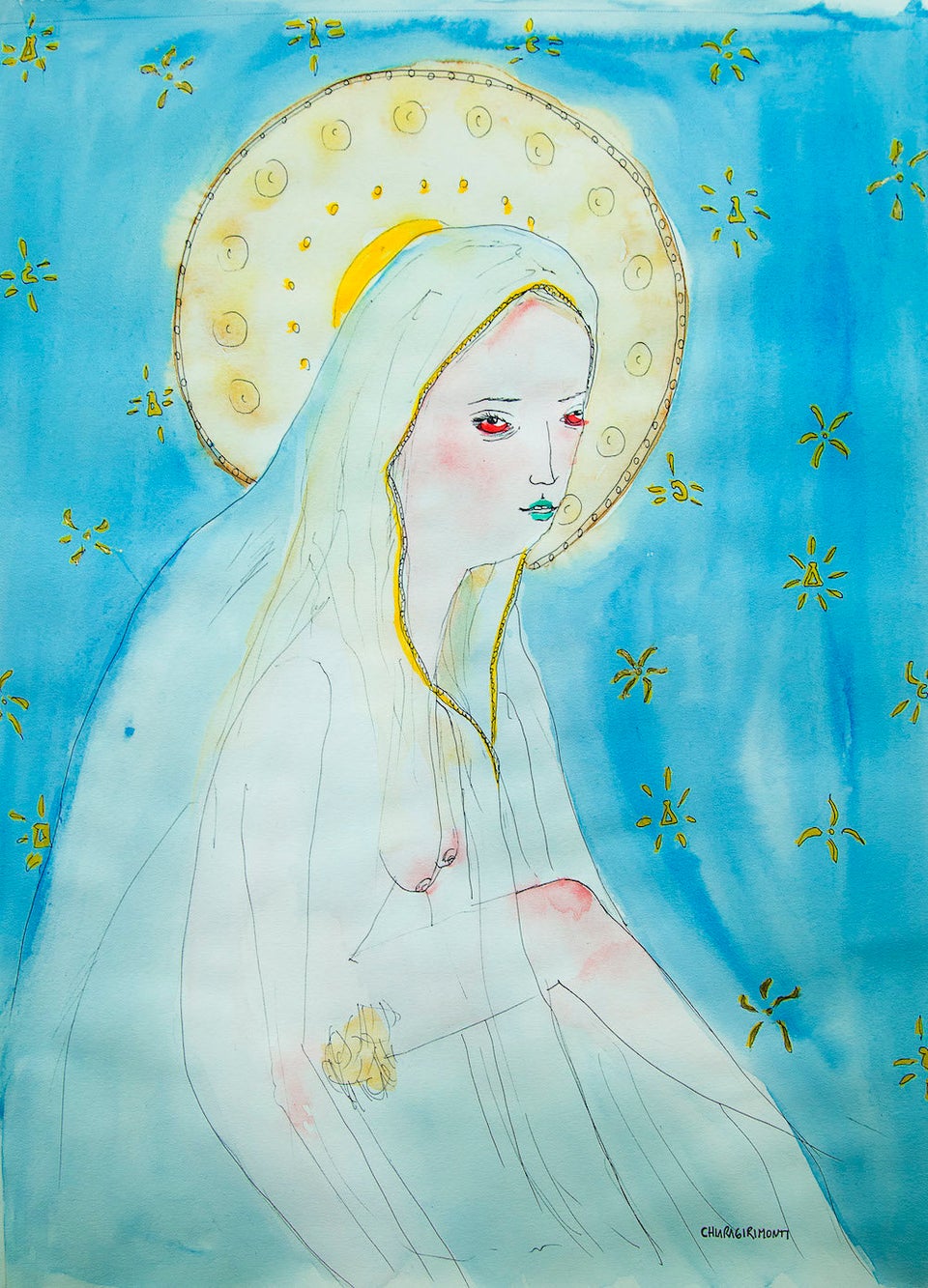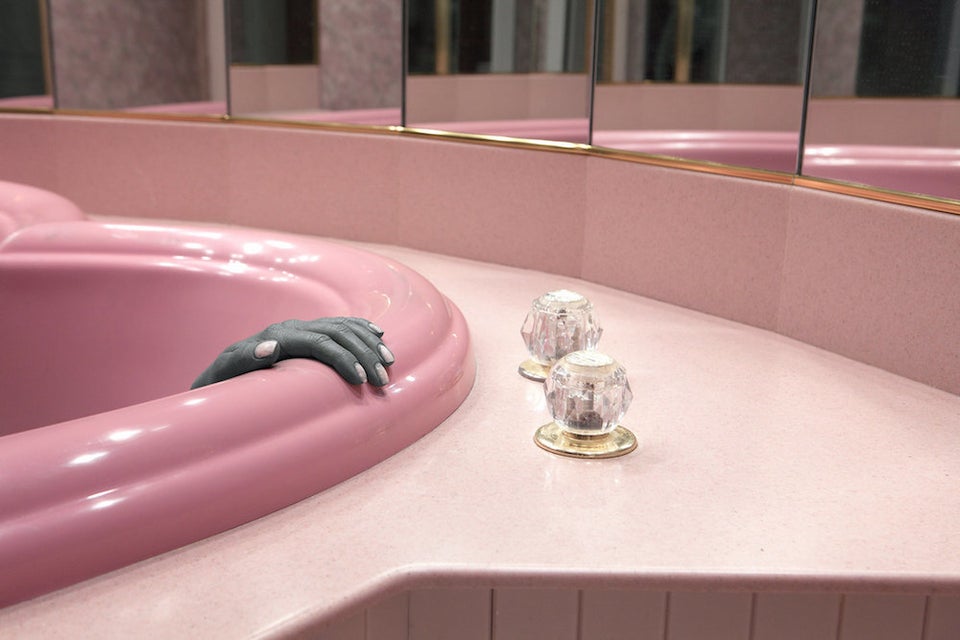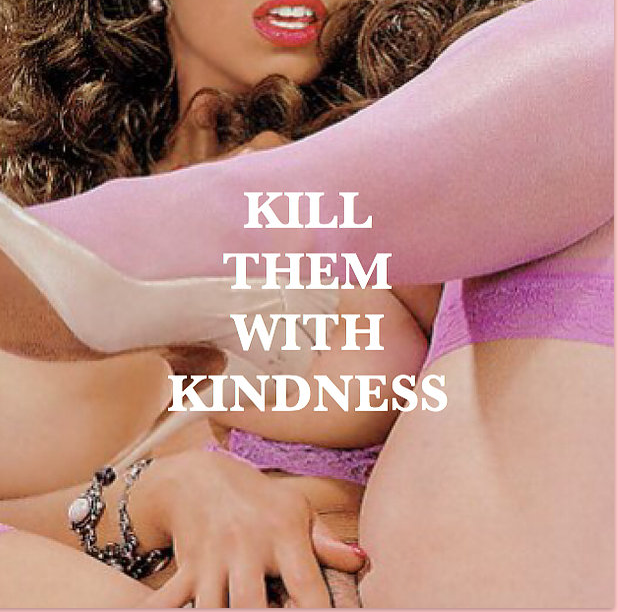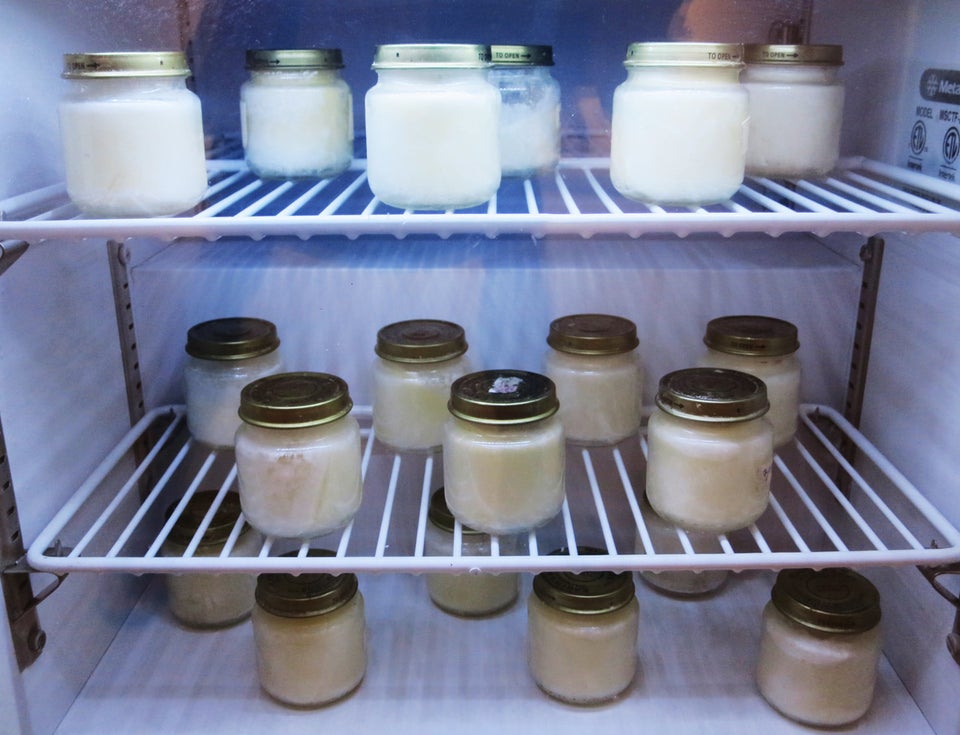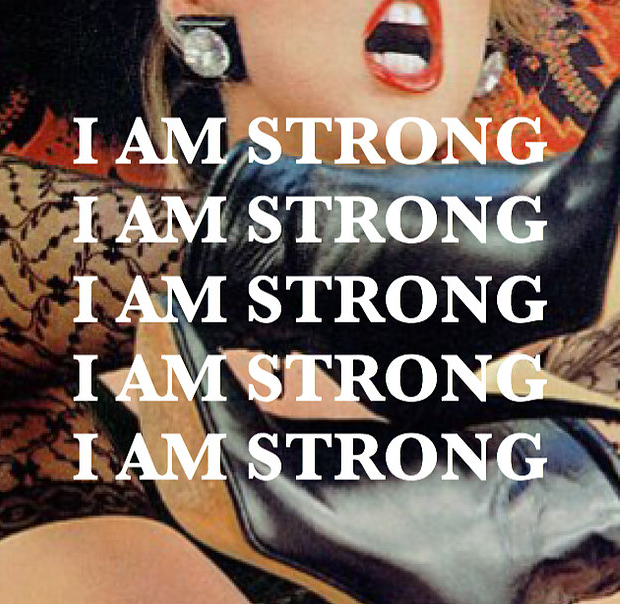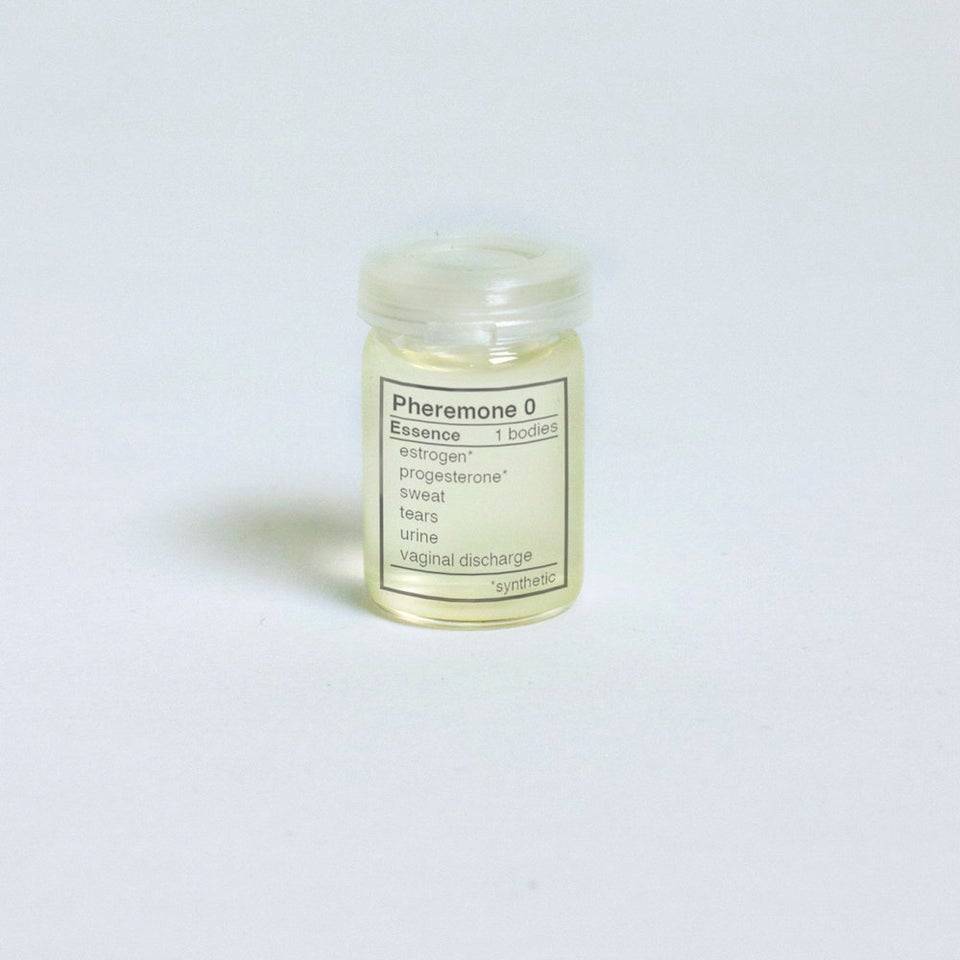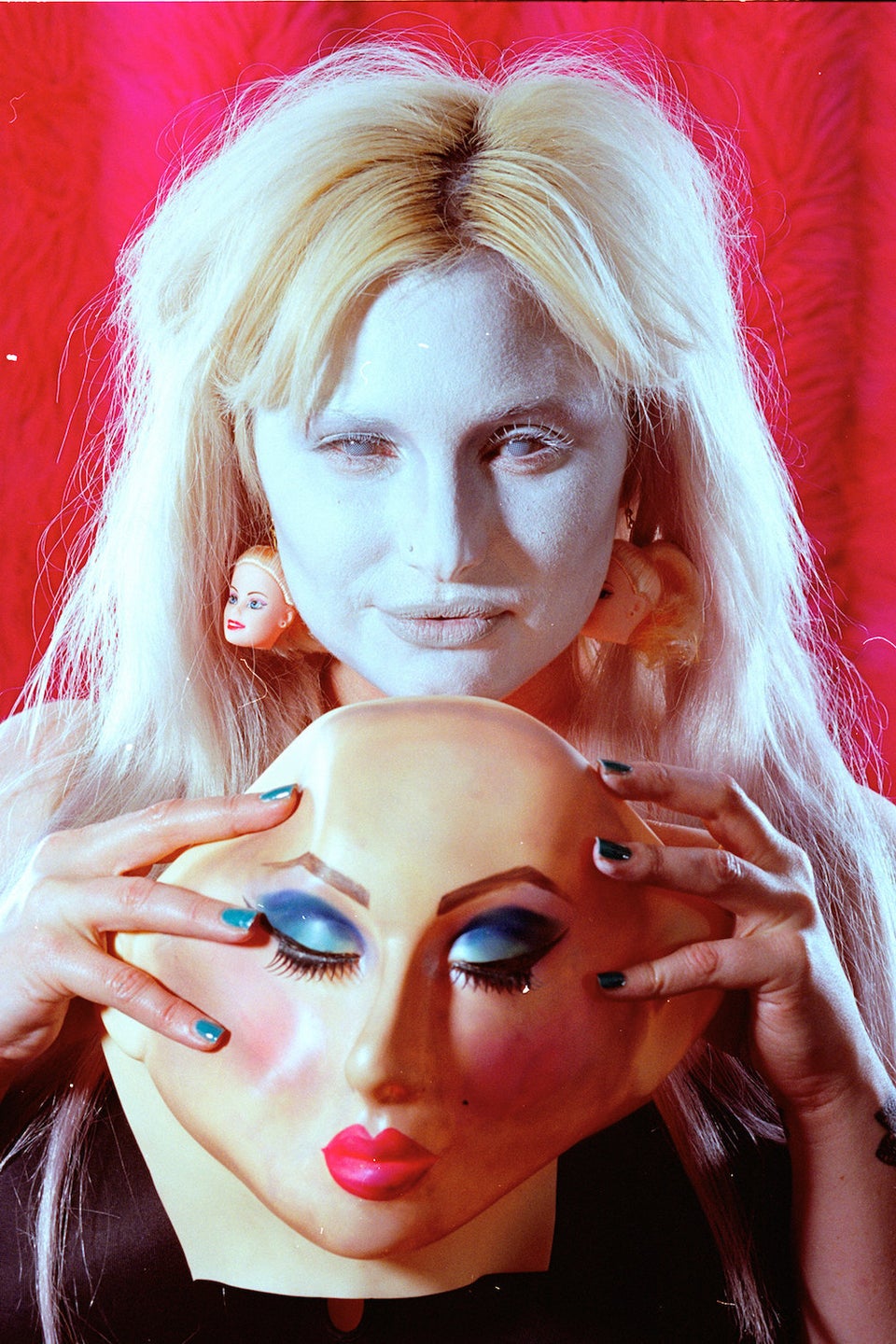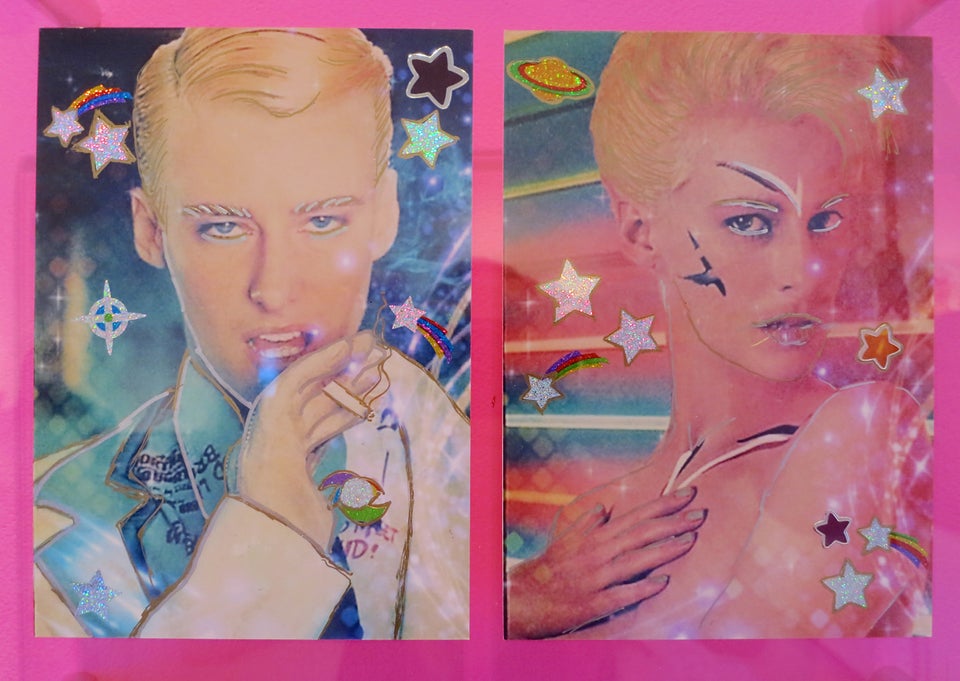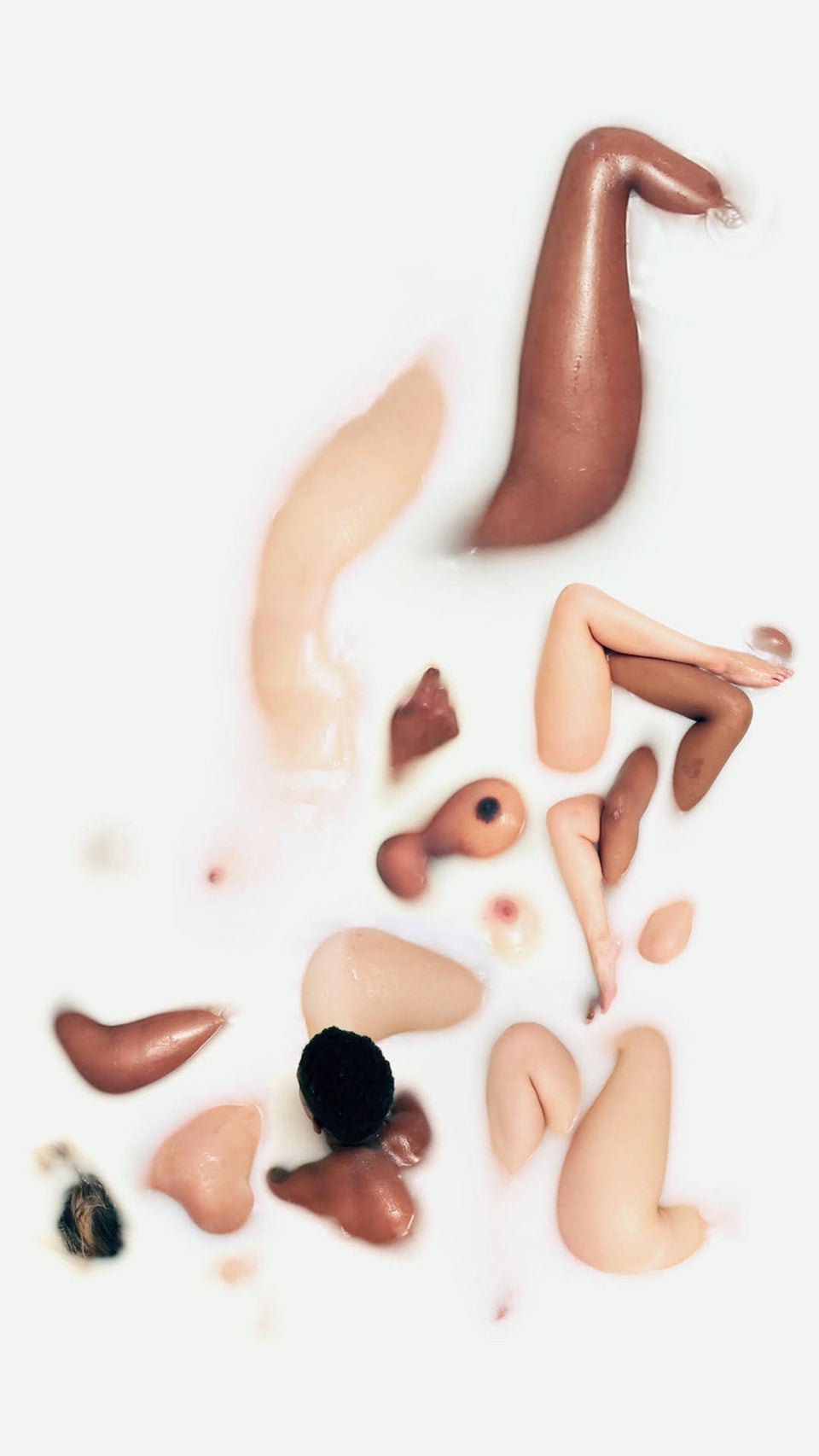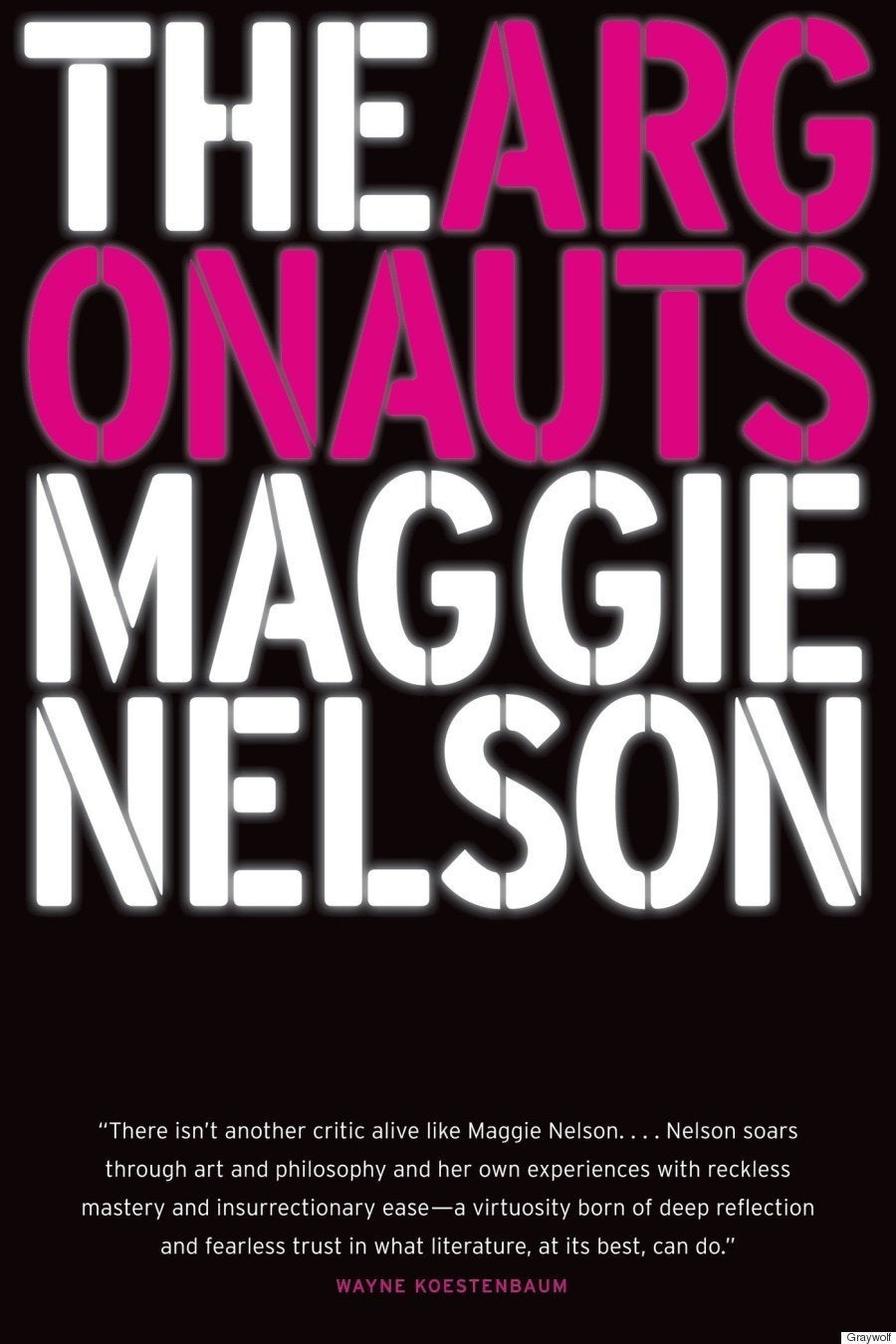Warning: This post contains nudity. NSFW? You be the judge.
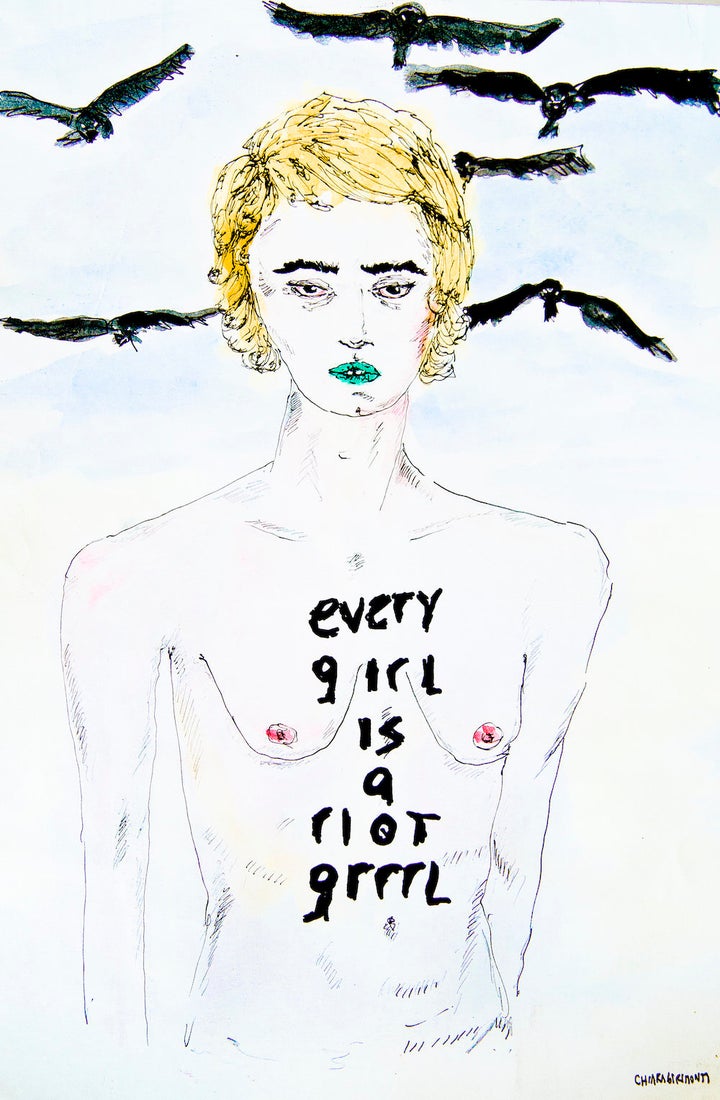
“The cyborg is a creature in a post-gender world,” feminist theorist Donna Haraway writes in her 1983 essay “The Cyborg Manifesto.” In Haraway’s vision of the future, boundaries dissolve between human and machine, public and private, nature and culture, social reality and science fiction. Oh yes ― man and woman as well.
In this not-so-distant future, technology and the imagination join forces to transcend the borders we often understand as fixed, wiping out patriarchal structures in favor of a cyborg world of hybrids. When organism and machine become entwined beyond recognition, we human beings are free to construct every aspect of our identities, from our bodies to our genders and beyond. At once mythical and real, this boundless tomorrow is full of beautiful monsters.
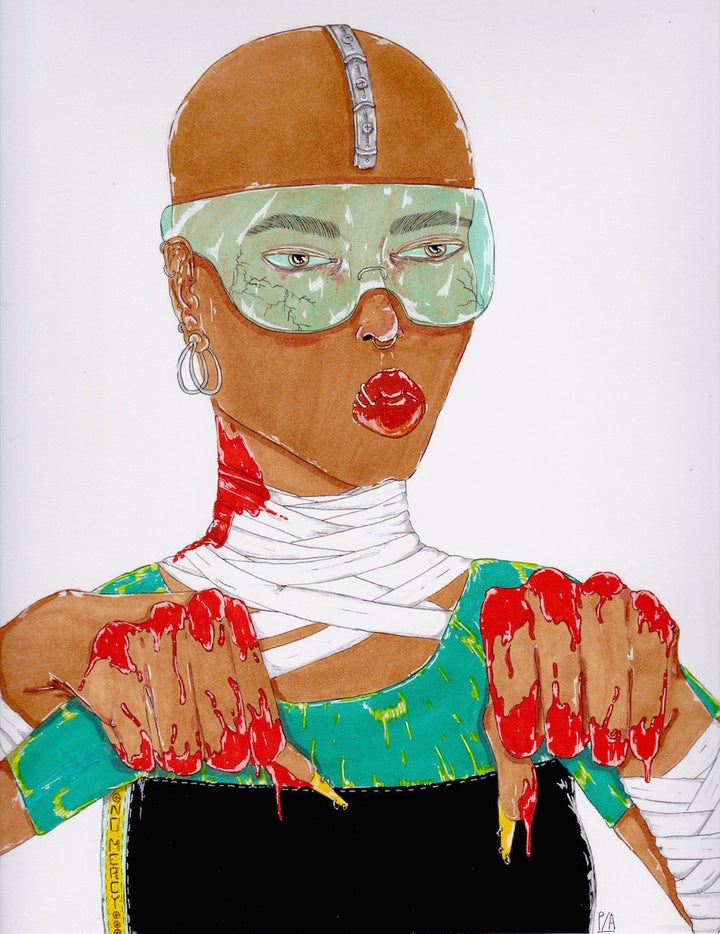
Haraway’s ideas are at the center of “Lifeforce,” a group exhibition featuring 24 women artists, curated by sisters Kelsey and Rémy Bennett. Mixing elements of cyborg theory with the tenets of Afrofuturism, the featured artists imagine a genderless future, in which femininity is a lived fantasy that is always in flux.
“If you google the word ‘femininity’ the first image that comes up is of Jacob Tobia, who identifies as gender non-binary,” Kelsey and Rémy explained in an email to The Huffington Post. “The massive deconstruction of gender stereotypes which our culture is experiencing, we believe will continue to occur. If we release the pressure from our youth to conform to gender norms we can make room for a level of expression that is dictated by being human rather than of one gender or another.”
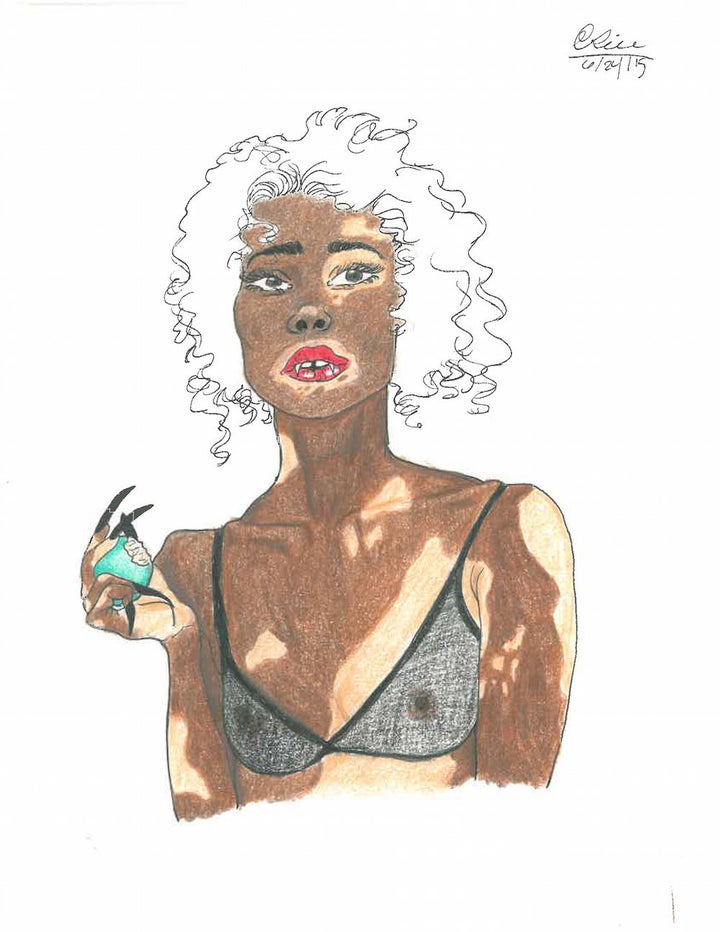
“Lifeforce” is one of a string of recent exhibitions featuring mostly all-women rosters, part of a much-needed effort to increase the representation and visibility of women artists in the art world. For the Bennetts, however, the overarching message of the work on view addresses a much larger scope than the insular art scene.
“The level of pain that is inflicted upon us as a society for not fitting into what typically is deemed ‘feminine’ or ‘masculine’ is coming to a boiling point,” the curators expressed. “If we remove the pressures to conform, and head towards a more gender-fluid future, we could see positive impact. Suicide rates might go down, there could be less mass shootings, an overall sense of acceptance, which we desperately need, could begin to heal us as a society.”
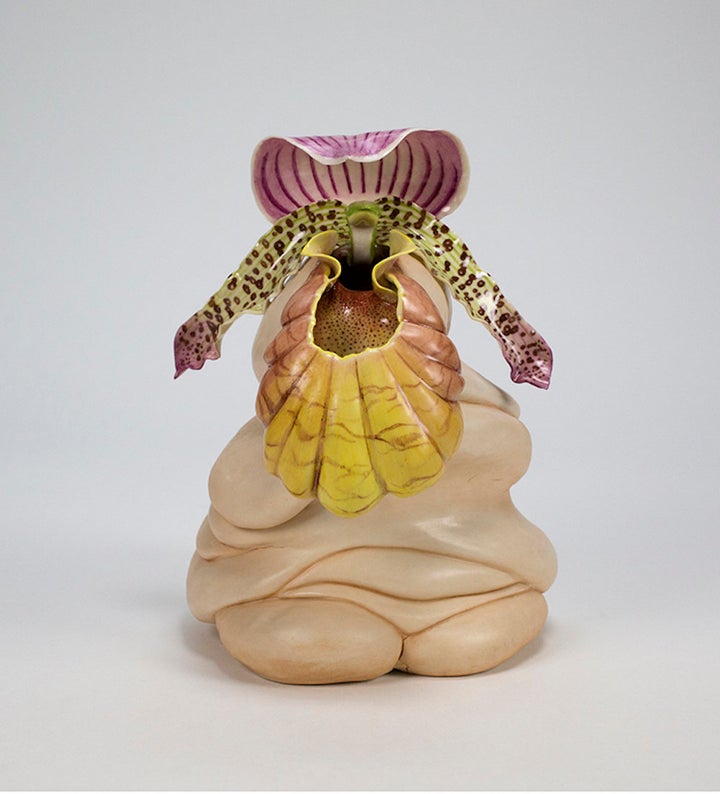
Kelsey and Rémy said they “were looking for artists who, like us, can imagine a future or alternate reality that is not dictated by conformity and societal codes.” Their show features drawings, paintings, sculptures, photographs and installations that remix symbols and styles typically associated with the feminine, creating butchered, alien and grotesque beauty.
In Jessica Stoller’s porcelain sculpture “Untitled(slipper),” an orchid spreads its petals suggestively atop a bulging pile of flesh, looking at once like a woman’s backside and a pile of excess dough. Riffing on the historical demand that women be as pretty and pure as porcelain dolls, Stoller depicts the carnage such compulsions leave behind. Similarly, in Maisie Cousins’ photograph “Finger,” a single finger gently traces a flower’s anthers, the folded petals reminiscent of a woman’s genitals. The salacious scene is complicated by the juicy red liquid, seemingly blood, dribbling down both finger and flower.
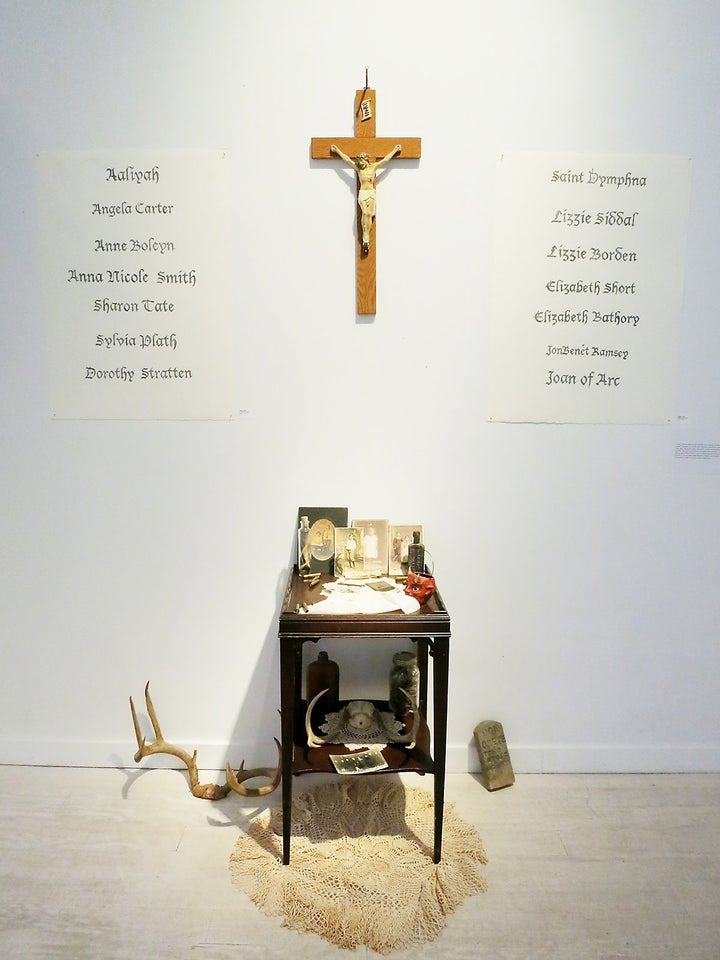
The exhibit also features work by astoundingly young artists, including 16-year-old Panteha Abareshi. Abareshi, who describes her subjects on Instagram as “girls that would murder you in your sleep,” often illustrates women of color whose interior bruises are brought to the forefront. Along with romantic accents like long-stemmed roses and freshly painted nails, her muses don gaping wounds and gashes, alluding to the all-consuming pains of love and the welts that womanhood brings.
Another younger artist, 20-year-old Maggie Dunlap, pays tribute to lost feminine icons ― from Joan of Arc to Aaliyah, Sylvia Plath to Anna Nicole Smith ― with her installation “Memoriam II.” The names of women appear listed in handwritten calligraphy on either side of a wooden crucifix. An altar featuring old photographs, glass bottles and antlers rests below.
Much of Dunlap’s work, including an earlier series based on notorious serial killers, revolves around the covert proximity between femininity and violence, or even death. “Being a woman can be (and, unfortunately, usually is) a violent experience,” Dunlap explained in an earlier interview with The Huffington Post. “From daily aggressions like catcalling and other systematic oppressions, to the fact that physical and sexual violence is something always right around the corner, looming on the horizon.”
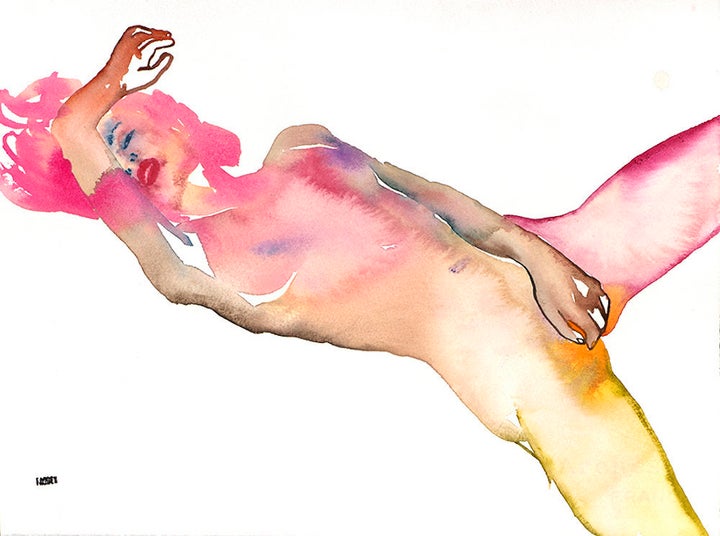
As a whole, “Lifeforce” is undeniably dark, though the darkness should not be equated with pessimism. Rather, darkness suggests a world unknown, bubbling with possibilities and unknowable energies that can’t be categorized or controlled. Just as the color black absorbs all colors, regardless of particulars, so the dark forces of life that flow through all things make no distinction between fact and fiction, nature and machine, man and woman.
“The exhibit has a palpable energy,” the curators put it. “It is anarchic and irreverent. It’s beautiful, dark, otherworldly, and electric ― like your guts are being tickled by a sense of enjoyable danger.”
“Lifeforce,” presented by The Untitled Space and Indira Cesarine, is on view until August 6 at the Untitled Space in Tribeca, New York.

